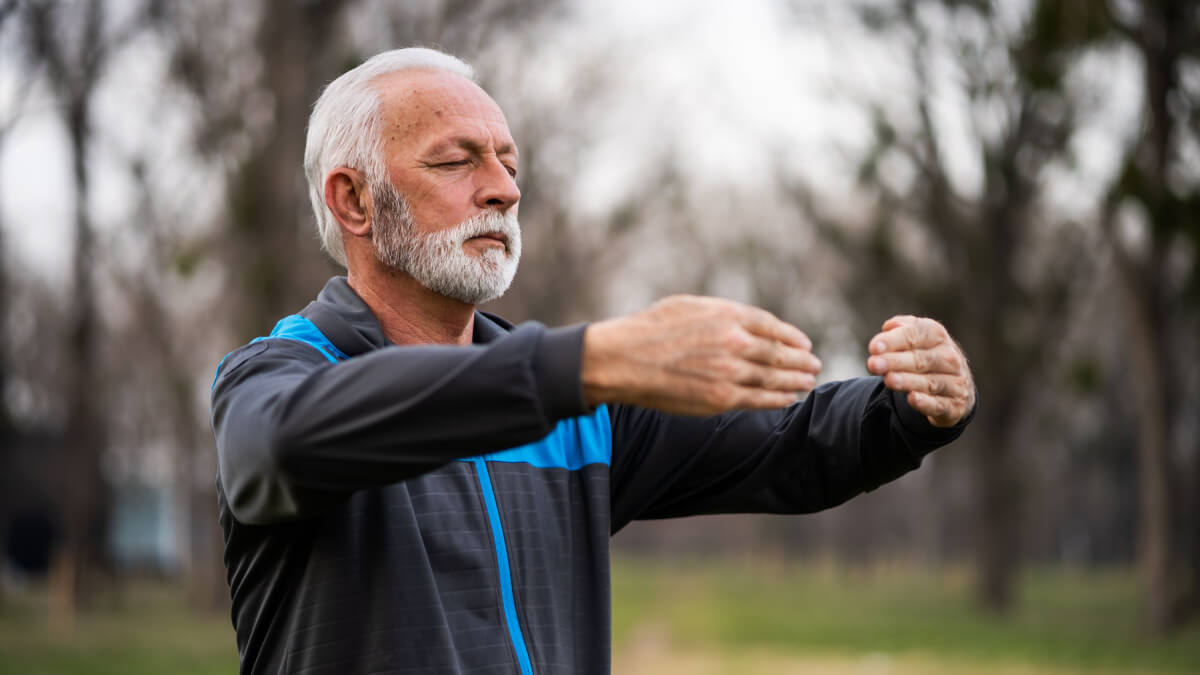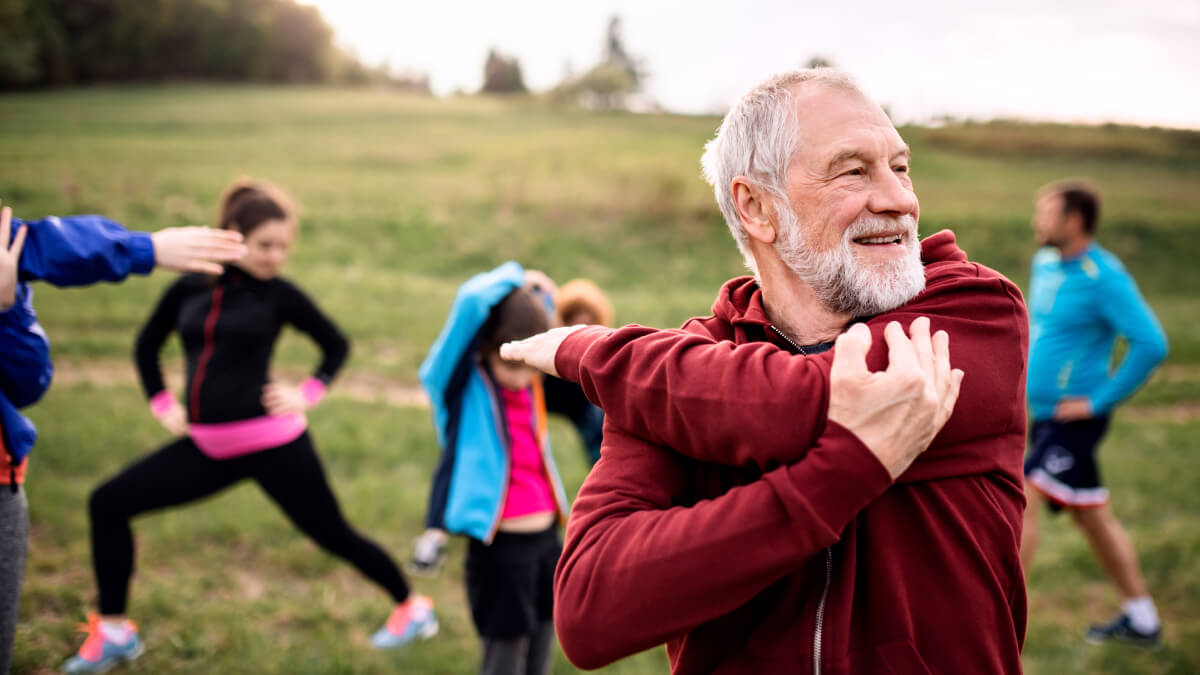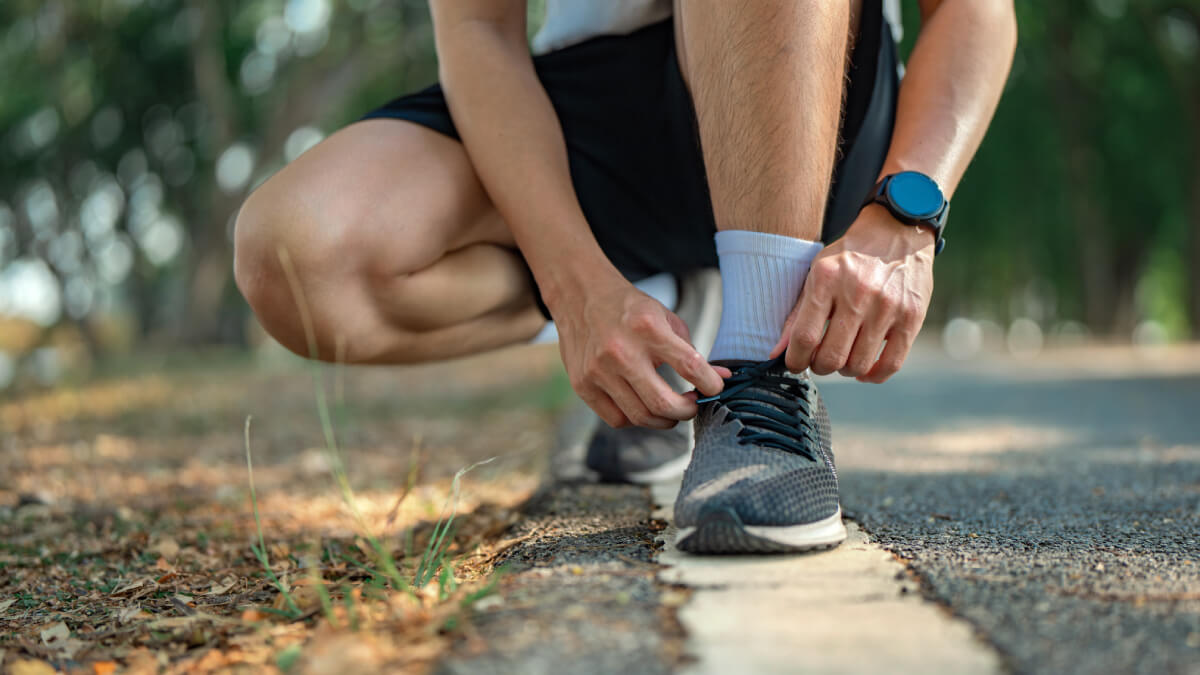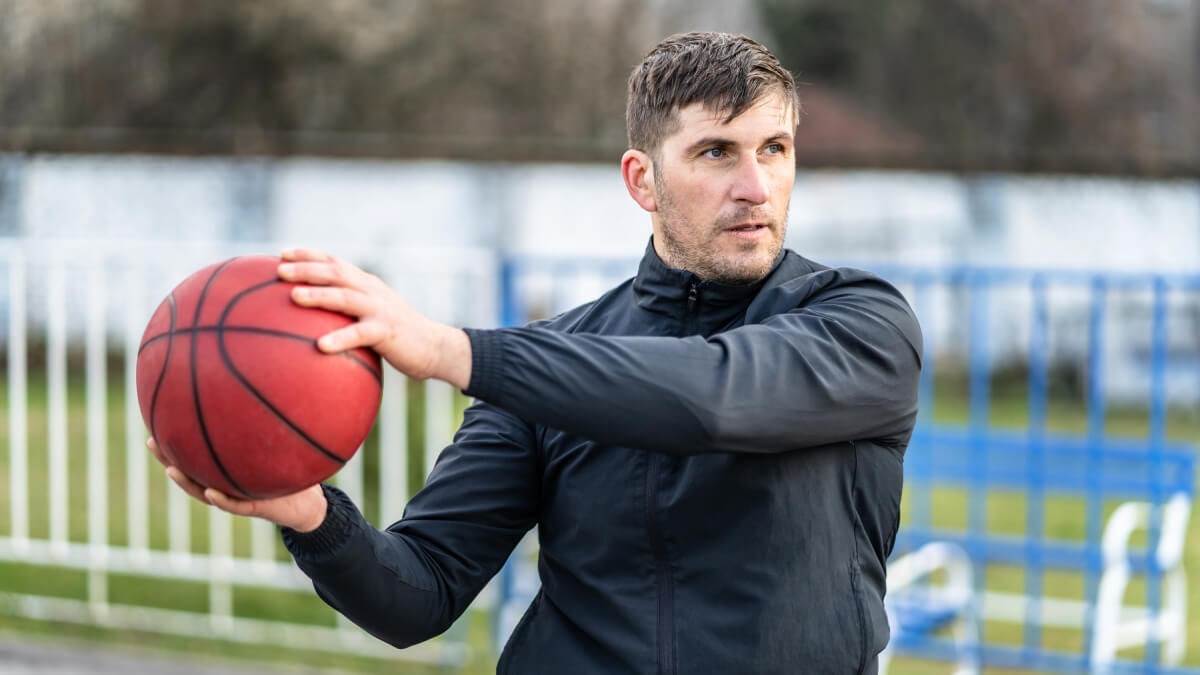The benefits of regular exercise on the body are widely recognised. From strengthening muscles and bones to helping prevent a wide range of diseases. However, one often overlooked benefit of physical activity is its positive impact on mental health. So, with the number of people reporting mental health problems on the rise in recent years, it stands to reason that a huge number of people could benefit from upping the amount they’re exercising. In this article, we’ll be exploring the link between mental health and physical activity and explaining how exercise can improve a number of mental health conditions.
Exploring The Link Between Mental Health And Physical Activity
As our understanding of mental health has developed, the connection between mental and physical health has become increasingly evident. Not only are people with poor physical health more likely to experience mental health problems, but those who regularly exercise and eat well usually have better emotional well-being. Keep reading to understand why these two areas of health are so closely connected and how exercise can impact specific mental health conditions.
- Why Is Exercise Good For Mental Health?
- Exercise And Depression
- Exercise And Anxiety
- Exercise And Stress
- How To Get Started
Why Is Exercise Good For Mental Health?
While exercise may seem relatively simple on the surface, a complex chemical reaction is triggered inside your brain each time you work out. This reaction takes place to some extent regardless of how strenuous the physical activity is. So, you could be tending to your garden or running a marathon; either way, you’ll begin to feel the psychological benefits of exercise. There are many reasons exercise is good for your mental health, but we’ve broken it down into the three most important ones:
Releases Neurotransmitters
When you start exercising, your brain releases a number of chemical messengers called neurotransmitters. To an extent, the number of neurotransmitters released is dependent on the intensity of the exercise. Endorphins and endocannabinoids are two of the neurotransmitters that are released during physical activity. Endorphins block pain and increase sensations of pleasure, while endocannabinoids work alongside them to help calm your mind. You may have heard the term’ runner’s high‘, a feeling of calm and happiness that people experience after a workout; it is believed this occurs thanks to endorphins and endocannabinoids working in tandem.
Another exercise-related neurotransmitter is dopamine, otherwise known as the ‘feel-good’ hormone. Dopamine is released when you experience something pleasurable, but it’s also responsible for other processes in your body, like regulating heart rate, mood, and pain processing. Some of the body’s biggest dopamine spikes come from eating nice food, sex, and exercise.
Promotes Neuroplasticity
Neuroplasticity is your brain and nervous system’s ability to respond to experiences. The more neuroplasticity, the better the brain is at learning new skills and activities. Studies on both humans and animals suggest that physical activity facilitates the neuroplasticity of certain brain structures.
Increases The Brain’s Oxygen Supply
During exercise, your heart starts to pump faster, increasing the oxygen supply to the brain. This changes your brain’s blood vessels in a way that is believed to improve your problem-solving ability and self-control. In 2021, researchers assessed the effect of exercise on 48 adults with mild cognitive impairment. They found that after one year of following a moderate to vigorous exercise programme, the brain’s blood flow increased, and the risk of further cognitive decline decreased.

Exercise And Depression
While depression can leave you feeling low in energy and put you off exercising altogether, physical activity is one of the most effective mood boosters for those with mild to moderate depression. In fact, an extensive 2023 study concluded that physical activity should be viewed as a first-choice treatment for mental health issues like depression. According to the study’s lead author, Dr Ben Singh, physical activity is 1.5 times more effective at reducing mild-to-moderate symptoms of depression than medication or cognitive behaviour.
Regular exercise can lead to improved sleep, which plays a critical role in managing depression and anxiety. It also has psychological benefits, such as increased self-esteem and a sense of accomplishment, all of which are beneficial for people struggling with depression. Exercise may also help decrease depressive thoughts by increasing levels of brain-derived neurotrophic factor, an important protein in your brain that’s responsible for learning and cell growth.
Exercise And Anxiety
As of 2019, 301 million people globally reported experiencing an anxiety disorder, making it the most common mental disorder in the world. Anxiety is characterised by feelings of worry, fear, and unease, and it lies at the core of many mental health conditions. It can manifest in varying ways, from feelings of unease to panic attacks, but exercise is one of the most effective anxiety-busters. Moving your body provides biochemical and emotional relief and is essential for overall well-being.
One of the benefits of exercise, which is particularly effective when it comes to anxiety, is that it can act as a healthy distraction from negative thoughts or overthinking. Any form of physical activity, from yoga to weight lifting, requires concentration or focus. Focusing on the present moment and your body’s movement can steer your mind away from stressors towards a state of calm.
All kinds of exercise can help alleviate anxiety, but some methods are better at promoting peace than others. Here are a few of the best physical activities to help with anxiety:
- Aerobic Exercise: High-energy activities like running, cycling, or swimming release brain chemicals that help boost your mood and reduce stress. These are also the most effective exercises to improve your sleep, which is hugely beneficial in dealing with anxiety.
- Yoga: Yoga combines gentle movement with mindful breathing techniques, both of which can help calm the mind. Yoga has been shown to help reduce stress hormones like cortisol and increase the production of gamma-aminobutyric acid, which promotes relaxation.
- Tai Chi: This ancient Chinese martial arts practice is a slow-moving exercise focusing on breath control and precise movements. It helps reduce muscle tension and fosters a sense of inner calm. Regular tai chi practice has been linked to reduced anxiety.
- Walking: Walking in a natural setting helps us connect with nature and effectively alleviates anxiety symptoms. Simply spending time outdoors can significantly boost your mood as you’re exposed to fresh air and sunlight.
- Strength Training: Engaging in resistance training not only strengthens your body but also helps release tension and stress. The focused and repetitive movements in weightlifting provide a sense of control and empowerment, boosting self-confidence and reducing anxiety levels.

Exercise And Stress
It’s widely known that exercise can help reduce stress, but the extent of its stress-reduction capabilities is often understated. Exercise is believed to reduce stress by reducing levels of stress-related hormones such as cortisol and adrenaline. However, more recent studies suggest exercise can even play a role in preventing stress in the first place. A 2015 study involving highly trained and sedentary young men found that those who completed 30 minutes of moderate-intensity exercise were much more resilient to an acute stressor than those who did not exercise. That means those who exercise may be able to deal with stressors better than those who don’t, in turn improving their overall quality of life.
To reap the full rewards exercise has to offer, adults should aim for at least 150 minutes of moderate-intensity activity a week or 75 minutes of high-intensity exercise a week. If you’re short on time and can’t fit in a full 30-minute session, try three 10-minute workouts during the day instead. This works almost as well as doing 30 minutes at once. Additionally, it’s important to reduce the time you spend sitting or lying down, so try to break up long periods of not moving with some activity.
You don’t need to be hugely athletic or push yourself extremely hard to experience stress relief from exercise. With sustained moderate aerobic exercises, you’ll begin to feel the effects. Moderate aerobic exercises include:
- Biking
- Brisk walking
- Jogging
- Swimming
- Water aerobics
- Playing tennis
- Dancing
- Rowing

How To Get Started
While the mental health benefits of exercise are widely recognised, finding the motivation to get up and get active can be very difficult, especially for those experiencing problems with their mental health. So, if you’re just starting out, identify activities that you enjoy already and build on them. Try to figure out ways you can make these activities slightly more exercise-focused and gradually increase the frequency. According to the National Center for Health Research, launching into a very ambitious workout routine from day one could lead to burnout, and you might end up dropping the routine entirely.
Set up goals so you can track your progress and feel proud of your achievements. SMART goals are a great way to stay on track with your exercise routine. SMART stands for:
- Specific: Clearly define the goal. Something like ‘lose weight’ is too vague.
- Measurable: Where possible, put numbers to the goal so you can track your progress.
- Attainable: Make the goal realistic.
- Relevant: It should be specific to you and your needs, not the goals of others or what others think you should do.
- Time-bound: Set yourself a deadline.
It’s natural to go through periods of feeling unmotivated, so develop thought patterns and ways of thinking that can help you get out of a rut. One way to do this is to establish fixed times in your weekly schedule for exercise. Make sure these fixed exercise times are at points in the week when you usually feel more energetic.

Fitness And Mental Health Go Hand-In-Hand
The connection between fitness and mental health is becoming increasingly evident, and even light exercise, like a brisk walk, can significantly improve your mental well-being. If you’re dealing with mental health issues, try to view exercise as a crucial part of managing your mental health rather than an optional extra. It is a free, easily accessible, powerful tool offering numerous other health benefits.
That said, it’s important to understand that while exercise can effectively help manage mental health conditions, those who are struggling to manage their conditions should get in touch with a mental health professional to create a treatment strategy personalised to them. Whether you’re looking for a therapist, a personal trainer, or educational resources to support your well-being, explore the LADZ app and join our community of men on a mission to transform their mental health.





